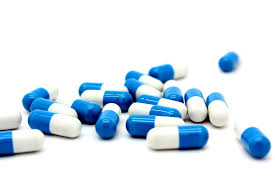Formulation Technologies for Drug Delivery to the Upper Small Intestinal Window
Oral bioavailability of certain drugs can be limited by the residence time of pharmaceutical formulation in the upper gastrointestinal tract. Gastric emptying plays an important role in the dynamics of drug absorption and can lead to variable and unpredictable availability. And it becomes more critical for drugs which are exclusively absorbed in the upper small intestine or in a limited segment of the intestine. To overcome this restriction and to increase the bioavailability of these drugs, controlled drug delivery systems with a prolonged residence time in the stomach can be used. Approaches to achieving prolonged residence times of the devices in the upper part of the gastrointestinal tract include the use of bioadhesive, size increasing, and floating drug delivery systems.
The whole 16 pages article is available for download here.
Oral ingestion is the predominant and most preferable route for drug delivery. Importantly, it allows unassisted administration by the patient without the need for trained personnel (as this is the case with most parenterally administered dosage forms).
As the scientists acquire a better understanding of the physicochemical and biological parameters pertinent to oral drug delivery system performance these are becoming increasingly sophisticated. Despite tremendous advancements in drug delivery, time-controlled oral drug delivery systems offer several advantages over immediate- release dosage forms, including the minimization of fluctuations in drug concentrations in the plasma and at the site of action over prolonged periods of time, resulting in optimized therapeutic efficiencies and reduced side effects; a reduction of the total dose administered (while providing similar therapeutic effects); and a reduction of the administration frequency, leading to improved patient compliance. While, ‘standard' controlled-release dosage forms offer only limited advantage for drugs that have an absorption window in the upper small intestine e.g. levodopa [Erni W., 1987], furosemide [Ozdemir N., 2000] and riboflavin [Hoffman A., 2004]. In order to increase the bioavailability of this type of drug, the residence time of the controlled-release dosage forms in the upper gastrointestinal tract needs to be prolonged.
The whole 16 pages article is available for download here.

